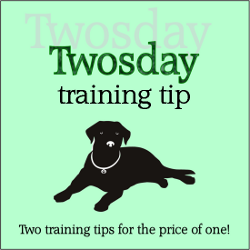 TIP #1: MAKE A TRADE When teaching your dog Drop It or Give It, trade her for the item she has with something of higher value (e.g. food, toy). With practice all you need to do is say your cue just before you reach for an item you want to take away, and eventually your dog will figure out that your cue means it’s time to make a trade. In the real world, you won’t always give back your dog’s found treasure, so it’s a good idea always to reward her with a special treat. TIP #2: LEARNING TO BE ALONE Being social animals, some dogs are naturally inclined to become anxious when left alone. Many well-intentioned but misguided owners of new dogs inadvertently set the stage for separation anxiety by doing all the wrong things when they first bring their new dog home. For example, lots of families adopt their new dog or puppy at the beginning of the summer, when the kids will be home to spend a lot of time with him. Other new-dog parents may take several days off from work, or at least arrange to bring the dog home on a Friday afternoon so they have the entire weekend to help the new pup settle in. On its face, this is a thoughtful approach to acclimating the dog to his new life. What better way to help him feel comfortable and welcome than to give him a couple of days of your loving company? It's true that spending extra time with the newcomer can help smooth the transition for him, but unless you take some important precautions, you could be setting him up for a rude awakening on Monday morning when you go back to work, leaving him alone all day to wonder and worry if the pack is ever coming back to rescue him from solitary confinement. - Whole Dog Journal 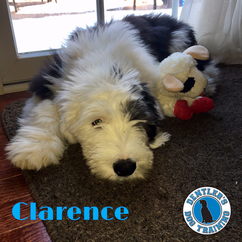 Clarence, a 10-month old Old English Sheepdog, has learned that jumping and barking gets him what he wants. Tonight we began the process of removing the reinforcement he is getting from those behaviors and reinforcing behaviors we want, like sitting. We also taught him Leave It and Drop It. 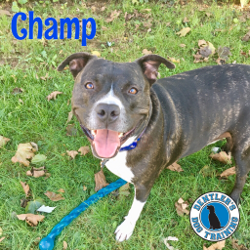 Champ is a 4-year old American Staffordshire Terrier. We will be teaching him impulse control behaviors like Leave It, as well as how to walk nicely on leash, with the goal of him becoming a therapy dog!  We had an uneventful walk with Daisy, which is not a bad thing for a reactive dog. When she did react to something it was very easy to get her focus back on us. She is making wonderful progress. 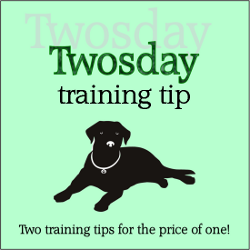 TIP #1: CHANGE THE ENVIRONMENT If your dog keeps pulling on leash, the environment is probably too exciting. Go back to teaching your dog polite leash walking in a less exciting place (e.g. inside your house, the back yard, etc.). Then build up gradually to walking on leash in the exciting environment again. TIP #2: GET RID OF YOUR DOG'S NUISANCE BEHAVIORS The trick with all nuisance behaviors is to train and reward an opposite or competing behavior. For example, Rowdy can't jump on Anna if he's sitting to greet her. He can't bark at visitors if he has a toy in his mouth, or beg at the dinner table if he is in a down-stay on his bed, or pull on his leash if he's by Anna's side making eye contact every five seconds. Whatever bothersome behavior the dog is engaging in, think of something that would preclude it, and train that behavior consistently. When training any new behavior, especially to replace a well-established nuisance behavior, patience and consistency are key. It can take a while for the dog to give up strategies that have worked for him consistently, but if he is no longer rewarded for them and is instead consistently reinforced for an alternative behavior, he will soon choose that new response every time. Stick with it. Because the unwanted behavior worked in the past, your dog will most likely try it again, but harder, before he will give it up. This is called an "Extinction burst." It's a sudden display of a behavior that was diminishing after you stopped rewarding it. It's sort of like your dog saying, "Was she really serious about that?" Don't give up; stick with your plan and you will be rewarded. Training Alternate Behaviors:
- excerpted from Decoding Your Dog 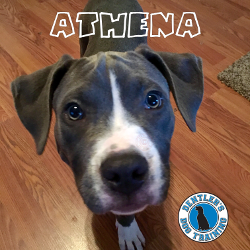 Athena learned how to Come When Called today. We began in the house by pairing the word "come" with great stuff (e.g. food, praise, play), then we took her outside on a long line where we had her running back and forth playing recall games until she got tired. 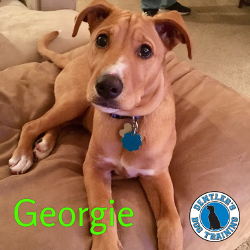 Georgie learned Drop It and Leave It today. We practiced with all sorts of things - food, paper towels, and his leash, to name a few, and he did very well with all of them. |
AuthorJeff Dentler, CPDT-KA, IAABC-ADT, FFCP, CTDI Archives
July 2024
Categories |

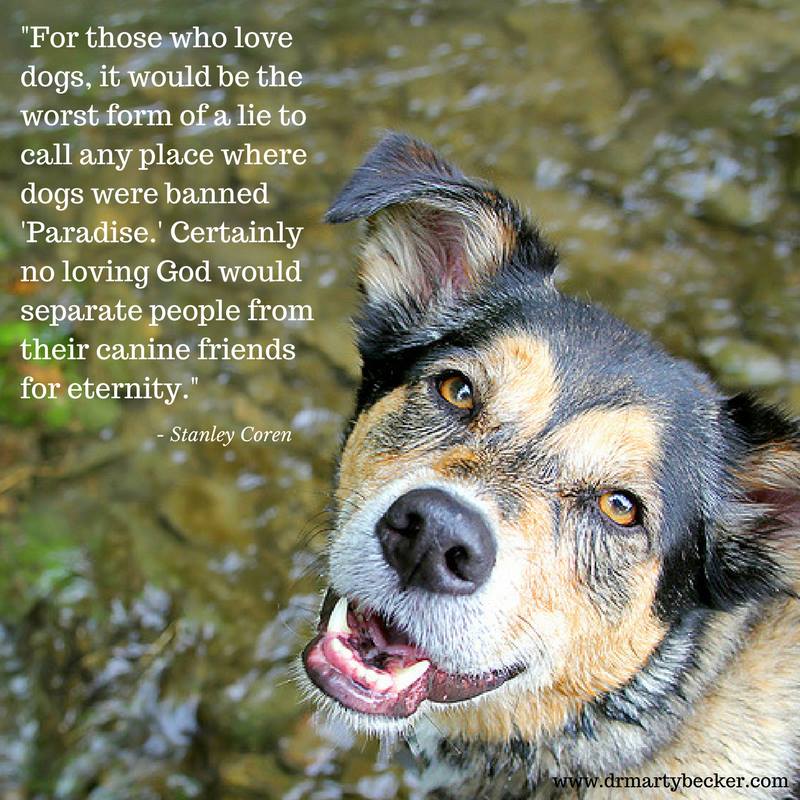
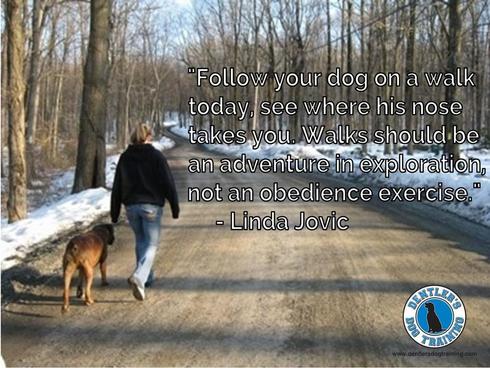
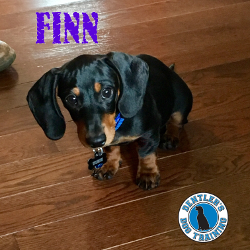
 RSS Feed
RSS Feed